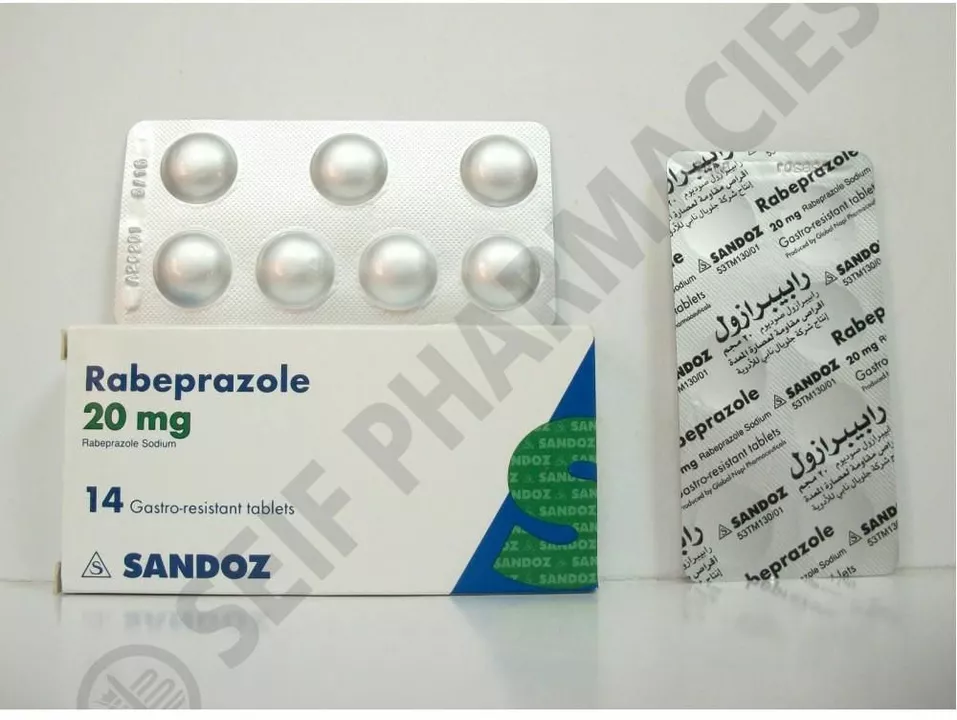Rabeprazole Sodium – What It Is and How It Works
If you’ve been told to take rabeprazole sodium, you’re probably dealing with heartburn, acid reflux or an ulcer. It belongs to the proton pump inhibitor (PPI) family, which means it blocks the stomach’s acid‑making pumps. By cutting down acid, it lets damaged tissue heal and reduces painful symptoms.
Unlike antacids that neutralize acid after it’s made, rabeprazole stops the production at its source. This makes it effective for long‑term control of conditions like GERD (gastroesophageal reflux disease) and Zollinger‑Ellison syndrome. Most people notice relief within a few days, but full benefits can take up to two weeks.
When to Take Rabeprazole
You’ll usually take rabeprazole once daily, preferably in the morning before breakfast. Swallow the tablet whole with a glass of water – don’t chew or crush it, because that can mess up how the medicine releases inside your body.
If you’re prescribed a higher dose (20 mg twice a day), space the doses at least 12 hours apart and keep them on a regular schedule. Missing a dose? Take it as soon as you remember unless it’s almost time for the next one, then just skip the missed one. Don’t double up.
For short‑term use (like after an ulcer bleed), doctors might suggest a 4‑ to 8‑week course. For chronic conditions, they may keep you on the drug longer but will check your health regularly to avoid long‑term risks.
Safety Tips & Common Side Effects
Most people tolerate rabeprazole well. The most common side effects are mild – headache, stomach cramps or a dry mouth. If you notice nausea, diarrhea, or a rash, let your doctor know.
Long‑term use (over a year) has been linked to low magnesium levels, vitamin B12 deficiency and a slightly higher risk of bone fractures. That’s why doctors often recommend periodic blood tests if you stay on the medication for a long time.
Pregnant or nursing moms should talk to their healthcare provider before starting rabeprazole. The drug crosses into breast milk in small amounts, so professional guidance is key.
If you’re buying rabeprazole online, stick with reputable pharmacies that require a prescription. Look for sites that display a valid pharmacy license and clear contact info. Avoid “no‑prescription” offers – they can be counterfeit or unsafe.
When you receive the medication, check the packaging: it should have your name, dosage instructions, and an expiration date. Store tablets at room temperature, away from moisture and heat.
Remember to keep a list of all meds you’re taking, including over‑the‑counter drugs and supplements. Some substances, like certain antifungals or HIV medications, can interact with rabeprazole and change how it works.
In short, rabeprazole sodium is a solid choice for controlling excess stomach acid when used correctly. Follow dosing directions, stay aware of side effects, and only buy from trusted sources – that’s the best way to get relief without surprises.


